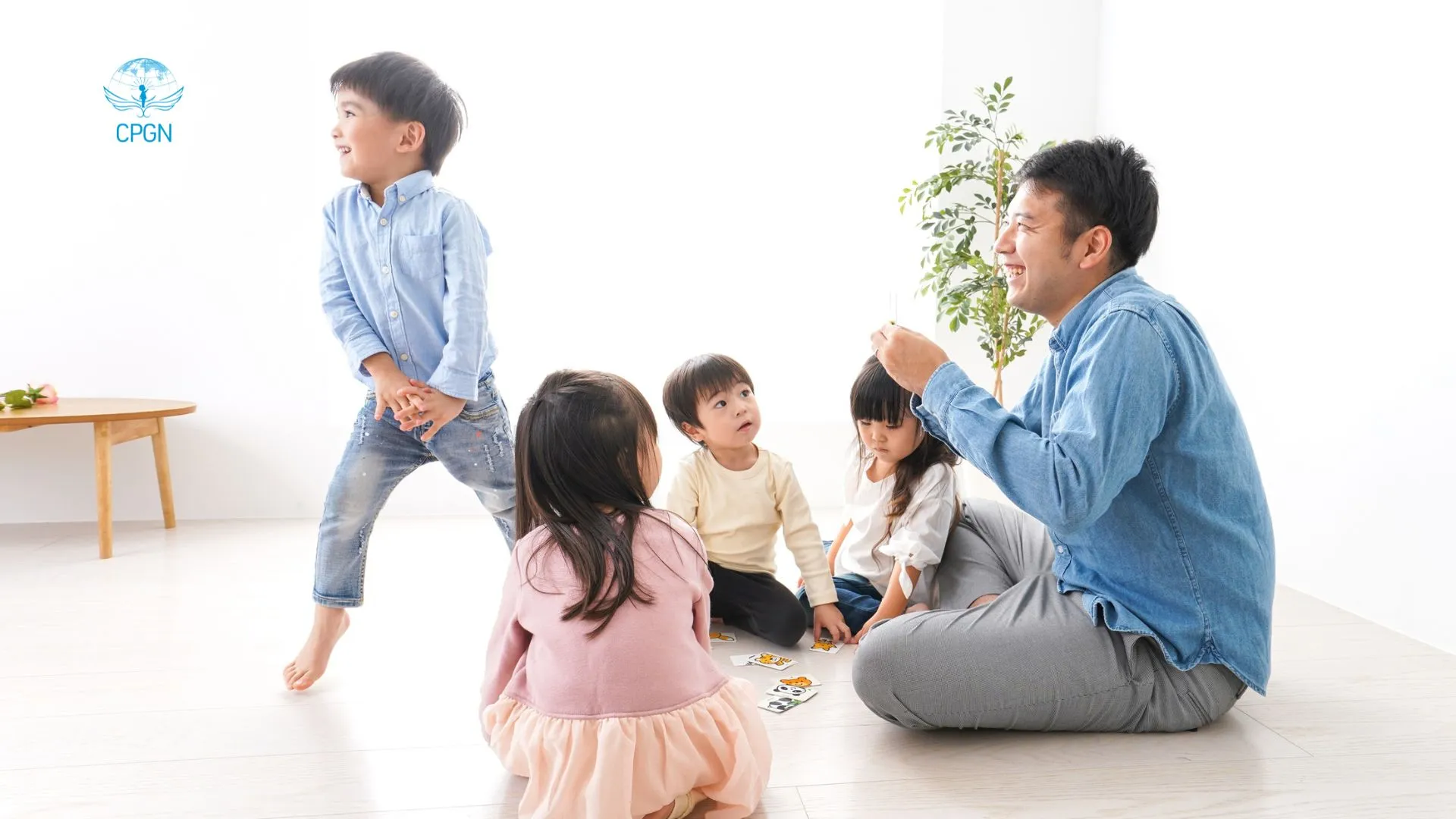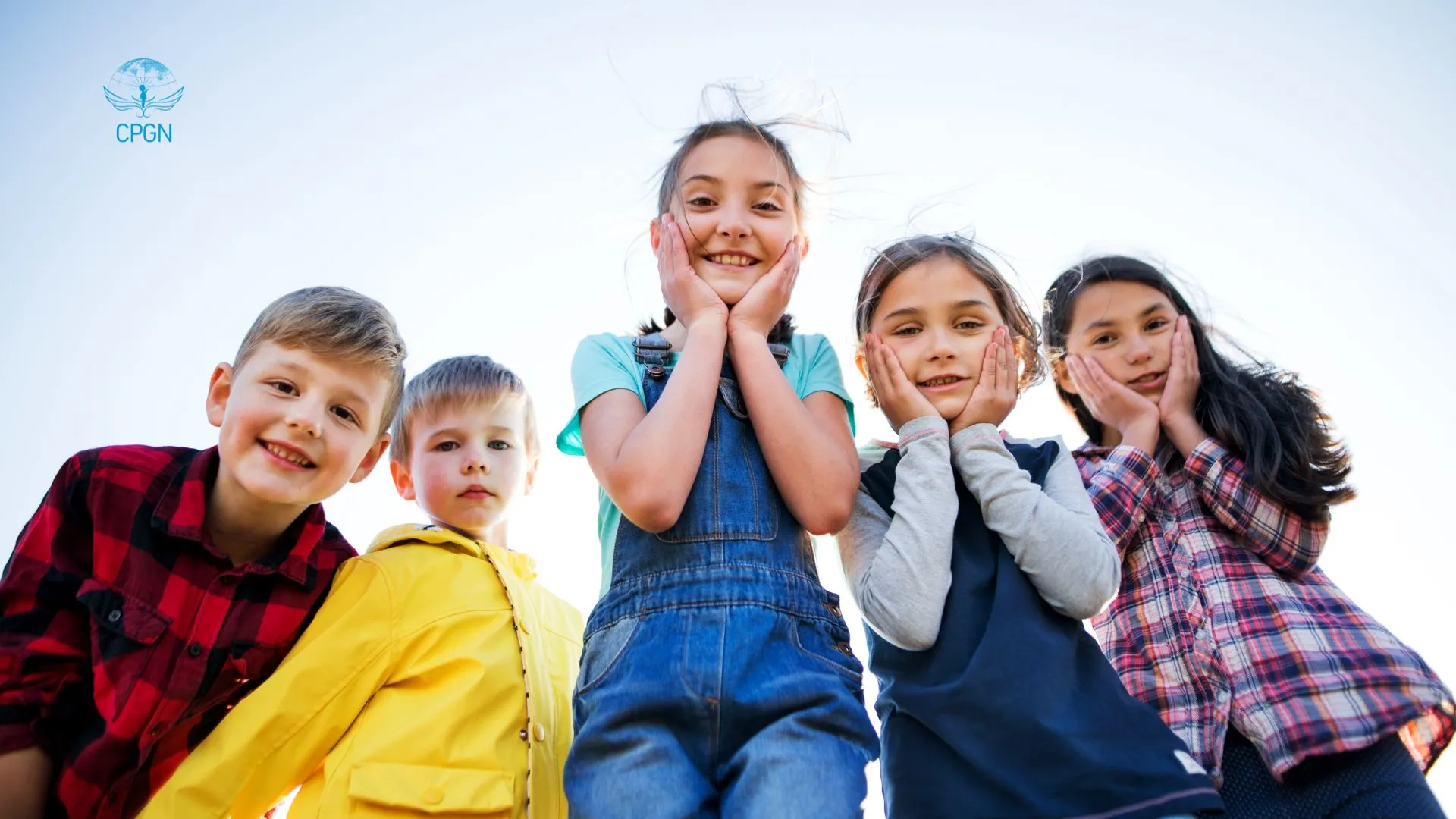How to discipline a child without Yelling or Hitting: A Positive Approach

Parenting is a journey filled with rewarding moments and challenges. From birth, parents guide them through life’s ups and downs. Discipline plays a vital role in child development. Conventional methods like yelling and corporal punishment fail to produce lasting results, and also damage the parent-child connection. Thankfully, modern research suggests that positive, non-violent discipline methods are far more effective at promoting positive behavior, emotional regulation, and long-term well-being.
Understanding the Difference Between Discipline and Punishment
Before exploring positive discipline strategies, it’s essential to know the difference between discipline and punishment. Discipline focuses on teaching and guiding kids, while punishment penalizes inappropriate behavior. When discipline is done correctly, children understand the natural consequences of their actions and are encouraged to make better choices. Punishment, especially when it involves yelling or using physical force, can cross the line into child abuse. It may stop undesirable behavior temporarily, but it does little to teach the child how to behave appropriately in the future.
Positive discipline techniques That Work
To teach discipline effectively without the use of yelling or physical punishment, parents need to adopt positive, nurturing strategies that focus on teaching, guiding, and reinforcing positive behavior. Here are some techniques to consider.

1. Be consistent.
Consistency is crucial to creating a structured environment where children understand what is expected of them. Setting clear rules and expectations helps children feel secure and learn boundaries. Consistency also means modeling the behaviors you want in your child. For example, if you expect your child to be polite, it’s imperative to always speak to them respectfully and calmly.
2. Use praise and reinforcement.
Positive reinforcement is one of the most effective ways to encourage positive behavior. Praise your child for positive actions, whether it’s sharing toys with a sibling or completing a task on their own. Positive reinforcement builds your child’s self-esteem and encourages them to repeat behavior. Be specific with your praise: Instead of just saying “Good job,” you could say, “I really liked how you shared your toys with your brother!”
3. Set realistic expectations
Each age group comes with its own set of challenges and milestones. It’s crucial to set age-appropriate expectations. For instance, expecting a 2-year-old to sit quietly for an hour is unrealistic. Instead, break tasks into manageable segments that suit their developmental stage. By doing this, children can meet your expectations with confidence, which encourages positive behavior.
4. Model calm behavior.
Children often mimic the behaviors of adults, especially their parents. If you want your child to handle frustration calmly, it’s essential to do the same. Practice calm breathing or count to ten when upset. By modeling this behavior, your child learns how to regulate their emotions and approaches challenging situations with a level head.
5. Use natural consequences
Instead of punishing inappropriate behavior, let natural consequences serve as lessons. For example, if your child refuses to wear a jacket on a chilly day, they will feel cold — this is a natural consequence. It teaches them that their actions have consequences, helping them make better choices in the future.
Age-appropriate discipline strategies
Discipline needs to evolve as your child grows. What works for a toddler may not work for a preteen. Below are age-appropriate strategies based on expert recommendations.

Discipline for Toddlers (1-3 Years).
At this stage, toddlers develop language skills and understanding basic cause and effect. They are enthusiastic and energetic, and push boundaries.
- 1-Year-Olds: Your toddler is still learning to grasp language, so their understanding of “no” may not be fully developed. Use calmer tones and focus on preventing misbehavior by childproofing your home. Handle meltdowns by comforting them and redirecting their attention to something else.
- 2-Year-Olds: This age is marked by tantrums as children struggle to manage their emotions. Set clear, simple expectations and avoid power struggles. Help them master their feelings by teaching them words to express emotions, like “I’m mad” instead of hitting.
- 3-Year-Olds: At this age, children understand consequences. Short, immediate consequences work best. For instance, a 3-minute time-out or taking away a toy for a short time may help teach the importance of following the rules.
Discipline for preschoolers (4-5 years)
Preschoolers are becoming more independent and understanding the social rules of the world. However, they may still struggle with controlling their impulses.
- 4-Year-Olds: Give plenty of time for transitions, as young children often struggle with changes. If you’re leaving a playdate, let them know ahead of time, “We’re leaving when this show is over.” Avoid power struggles by offering choices whenever possible.
- 5-Year-Olds: At this age, children develop a better sense of empathy. Encourage them to consider how their actions affect others. Set up a behavior management system, such as a reward chart, to help them track their progress and stay motivated.
Discipline for School-Age Children (6-9 Years).
Children between 6 and 9 gain independence and are capable of mature reasoning. They can understand complex consequences and make amends when they’ve misbehaved.
- 6-7 Year Olds: Encourage problem-solving by asking your child to reflect on what happened and how they might handle it differently next time. Reinforce positive behavior with praise and small rewards, such as stickers or extra playtime.
- 8-9 Year Olds: At this age, children are ready to discuss misbehavior and its consequences in more depth. When they misbehave, involve them in the discussion and let them help set the consequences. This gives them a sense of ownership for their actions.
Expert Advice and Insights
Experts in child development emphasize the importance of building a relationship with your child based on trust, empathy, and clear communication. According to Lucie Cluver, a professor at Oxford University, positive discipline helps children understand what is expected of them without the need for punishment. Positive discipline strategies promote responsibility, cooperation, and respect.
Activities to Strengthen Your Connection with Your Child
Discipline is not just about setting limits—it’s also about creating meaningful connections with your child. Here are five activities that can foster a deeper bond:
- Play Together: Engage in activities that promote learning and creativity, such as playing board games or building something together.
- Spend time on Nature Walks: Take your child outdoors to explore the environment, encouraging curiosity and physical activity.
- Cook Together: Involve your child in preparing meals. This not only teaches responsibility but also provides an opportunity for bonding.
- Read Together: Choose books that match your child’s interests. Reading aloud improves literacy skills and offers conversation.
- DIY Projects: Work on a craft or DIY project together. This encourages teamwork and helps your child develop problem-solving skills.
Helping Teens Express Their Emotions
Disciplining teens can be more challenging, but it’s critical to foster open communication and emotional expression during these years.
- Active Listening: Listen attentively to your teens when they share their feelings. This will show them that their emotions are valid and respected.
- Validate Their Emotions: Even if you disagree with their perspective, acknowledging their feelings can reduce defensiveness and encourage further dialogue.
- Encourage Open Communication: Create a space where your teen feels safe sharing their thoughts without fear of judgment. This strengthens the trust between you.
By using these positive discipline strategies consistently, you are not only teaching your child right from wrong but also cultivating an environment of love and respect. The key to effective discipline is patience, understanding, and fostering an ongoing dialogue with your child. When you prioritize positive behavior, you help them develop the skills they need to thrive in life.
FAQS
Disciplining a child with Pathological Demand Avoidance requires flexibility and calm communication. Offer choices instead of direct commands and use playful or collaborative approaches to reduce anxiety. Build trust and avoid confrontational discipline to help them feel safe and cooperative.
Get the child’s full attention by making eye contact and using simple, clear instructions. Explain why the rule matters and follow through with consistent consequences. Praise good listening so the child connects positive attention with cooperation.
Guide rather than punish by using natural and logical consequences. Set clear boundaries and model respectful communication. Reinforce good behavior and teach problem-solving without fear or pain.
Work with mental health professionals to create a structured routine and clear expectations. Praise positive behaviors immediately and use predictable, calm consequences for aggression or rule-breaking to encourage self-control.
Provide simple, clear expectations and choices to reduce power struggles. Stay calm, validate feelings, and reward small positive steps. Collaborate with therapists to maintain a consistent plan.
Avoid harsh criticism and focus on praising effort and specific behaviors. Guide them toward better choices with gentle correction and build confidence through encouragement and support.
Use predictable routines, visual supports, and short, clear instructions. Provide movement breaks, reinforce positive behavior, and teach self-regulation skills with patience and consistency.
Talk privately to understand what triggered the fight. Discuss alternative ways to solve conflict, encourage empathy, and work with teachers or counselors to develop a plan for positive social behavior.
Parents and teachers should communicate regularly and agree on consistent expectations. Use positive reinforcement and respectful dialogue to maintain structure and support the child’s emotional needs.
Reevaluate triggers and expectations and consider professional guidance. Focus on connection and positive discipline, and avoid escalating punishments that can damage trust.
Reconnect by strengthening your relationship and showing empathy. Use natural consequences and involve the child in creating rules and goals so they feel ownership and motivation to change.
Stay calm and explain why stealing or lying is wrong. Encourage them to make amends and talk about how their actions affect others. Praise honesty and model integrity consistently.
Stay composed and avoid power struggles. Acknowledge their feelings, set firm limits on disrespect, and praise moments when they speak respectfully.
Teach empathy and explain why respect matters. Demonstrate respectful communication yourself and follow through with consistent, fair consequences.
First ensure everyone’s safety, then calmly explain that hurting is unacceptable. Teach conflict resolution and practice expressing feelings with words or through role-play.
Focus on their safety first. Afterward, calmly discuss why they ran, validate their emotions, and create a plan together for handling strong feelings without running.
Avoid responding with anger. Allow them to calm down, then talk about their feelings and teach alternative ways—such as deep breathing—to express frustration.
Stay calm and ensure safety. Clearly state that hitting is unacceptable, remove them from the situation, and later discuss feelings and model healthy ways to handle anger.
Apply empathy and patience, focusing on positive strategies like natural consequences and consistent rules that teach lessons without causing harm or fear.
Use logical consequences, positive reinforcement, and clear expectations to guide behavior without physical punishment.
Focus on the behavior, not the child’s character. Correct mistakes without labels or comparisons and encourage growth with supportive language.
Calmly describe the behavior you want to see, guide them toward solutions, and use praise to reinforce improvements instead of harsh words.
Our goal is to ensure the safety and protection of every child until it is achieved. Our goal is to support communities in protecting the future of children and promoting their welfare.
Quick Links
Copyright © 2025 CPGN. All rights reserved by Majnate LLP | Privacy Policy | Terms and Conditions

